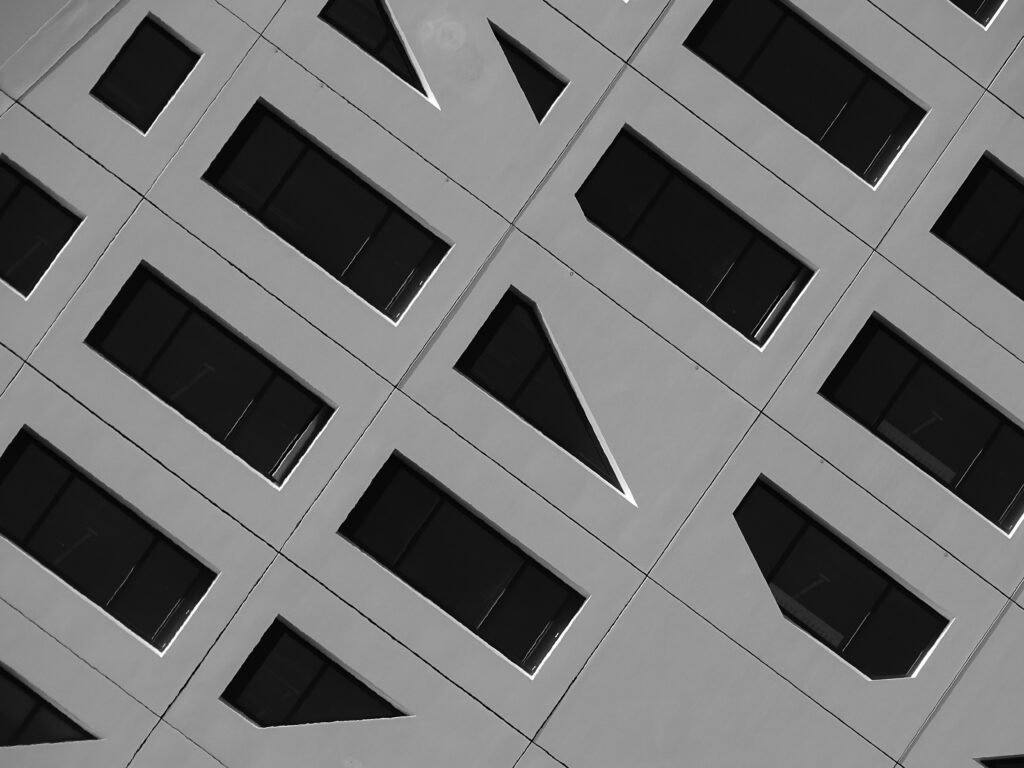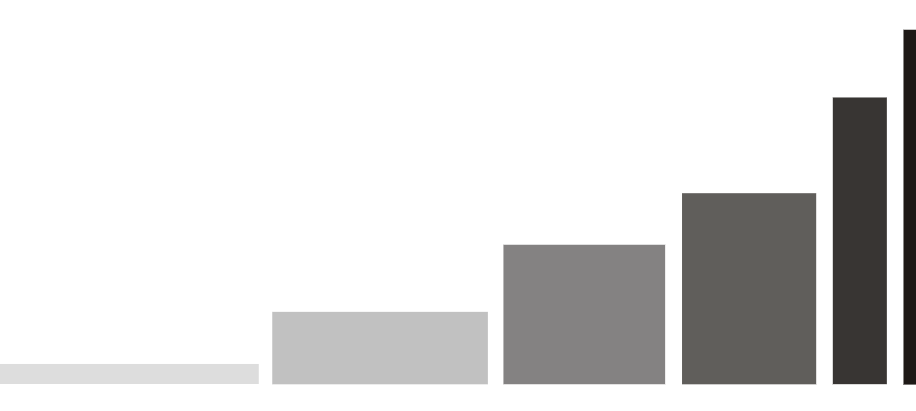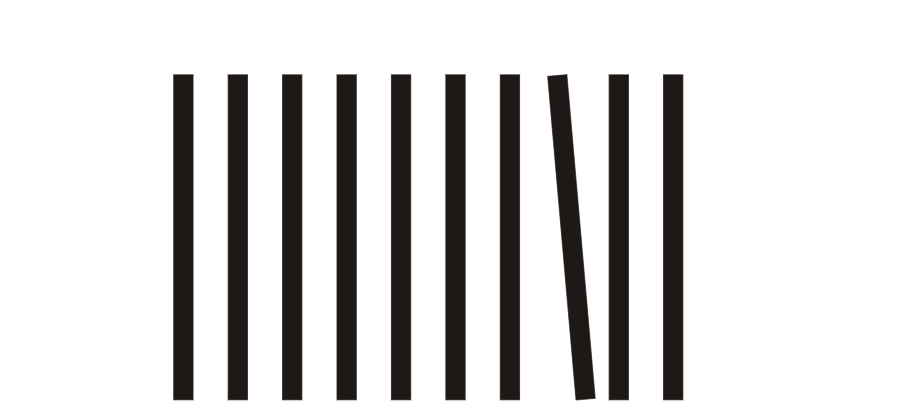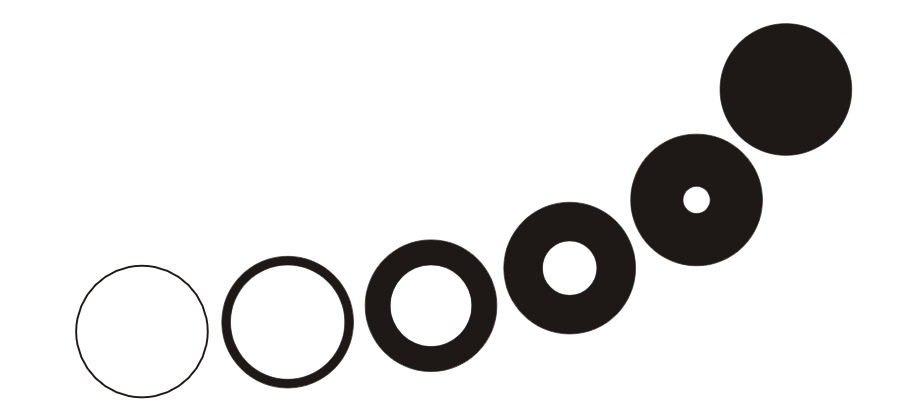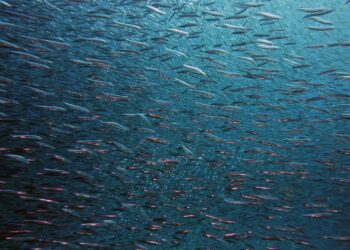In my last research session I came across a very interesting study. The aim of this study was to see if millennials who grew up with minimalism prefer a minimalist or maximalist website design.
Authors:
Ulrik Söderström
Lovisa Carlsson
Thomas Mejtoft
Minimalist web-design is characterized by portraying necessary information, content, and features in the most straight-forward and clean-cut way. On the other hand, maximalist web-design aims for bold color combinations, different textures, images, graphics, and animations. The year of 2018 was truly the year of maximalist web-design, though, some designers claims that the “less is more” movement is on its way (Söderström, Carlsson, & Mejtoft, 2019) p. 92
Naturally, both minimalist and maximalist webpages should be designed in a way which does not harm user experience and the information intake. In the article “Feature Richness and User Engagement” Jakob Nielsen summarizes that the more engaged users are, the more features an application can sustain. But most users have low commitment. Therefore, especially websites must focus on simplicity, rather than features (Nielsen, 2007).
(Söderström, Carlsson, & Mejtoft, 2019) p. 92
Minimalism in web-design means reducing all (unnecessary) elements which are unimportant for user tasks. A minimalist web interface has a clear hierarchy in elements, highlights the most important ones and gets rid of anything which might disturb the user’s perception. This helps to make important messages clearer ergo: it helps the consumer to navigate more easily on the website (Söderström, Carlsson, & Mejtoft, 2019) p.93
Web design, just like language is defined by the way people use it. As the term “minimalism is used widely, it is often hard to pinpoint the exact features of it. To get a clearer picture of minimalist web design features, this thesis refers to a study of the Nielsen Norman Group. In this study 112 minimalist websites were analyzed to find defining features of minimalist websites. The author(s) included a characteristic to be defining if it was present in at least 75% of the websites (Moran, 2015)
- Flat Patterns and textures
Flat interfaces do not contain any elements like shadows, highlights or gradients or other textures which make the UI elements look three-dimensional. In the survey 96% of the minimalist websites were flat. Removing unnecessary elements totally falls into the philosophy of minimalist design. But: flat design often refers to textures, icons, or graphics of an interface whereas minimalism rather refers to larger content, features, and layout. So, an interface might be flat without being minimalistic. The problem with flat design is that the user often does not see if an element is clickable or not (as all the elements are flat). Clickable elements should be recognizable for the user easily, therefore it might be better to not work with flat icons there. - Limited or Monochromatic Color Palette
This trend was recognized in 95% of the sampled interfaces. In most minimalist websites color was specifically used to create visual attention without adding additional design elements of graphics. With less visual information, color palettes will stick out even more for the consumer. Many minimalist designs are often monochromatic or are using one bold color. Almost half of the investigated website (49%, 55 websites) used a monochromatic color palette and almost as many (46%, 52 websites) used one or two accent colors additional to the otherwise monochromatic color palette. Of those 55 monochromatic websites, 51 sites were exclusively using white, black, and grey shades. - Restricted features and elements
These characteristics were used in 87% of the investigated interfaces. In a minimalist environment, designers need to eliminate any element which is not required to support core functionalities or the message. Those elements could be:
- Menu items
- Links
- Images
- Graphics
- Lines
- Captions
- Textures
- Colors
- Fonts
- Icons
As it is often hard to tell which elements are unnecessary a popular mantra of designers is “subtract until it breaks” which means that unless the absence of an element would cause serious problems, they get rid of it. It can be hard to find the right balance between having clean and reduced website and making sure to not make the primary tasks for the user overly complicated or difficult (Moran, 2015).
4. Maximize negative space
Through the elimination of certain elements, negative space, also called white space, is automatically created on a website. A maximization of white space was used in 84% of the examined websites. White space can help the user to absorb the presented information more easily as well as directing the user’s attention. The right use of white space helps to draw the users attention to the important content.
5. Dramatic use of typography
When there is a reduced number of elements on the webpage, typography can be a great tool for communicating meaning. In this case the typography can compensate the “missing” elements like graphics or photos and makes the minimalist design more engaging. To establish a clear hierarchy on the website, different variations of font size, weight and style are crucial. Of the examined 112 minimalist webpages, 75% used typography to convey meaning of visual interest.
Additional widely used techniques on minimalist webpages which were found in less cases than 75% by the Nielsen Group were:
- Large background images or videos
- Grid layout
- Circular graphic elements
- Hidden global navigation
(Moran, 2015)
After examining the elements of minimalist web-design, the next paragraphs will look into the key features of maximalist design on websites.
The aim of a maximalist web-design would be an organized chaos of different hierarchies, layers, textures, graphics, typography, and colors. Several attributes of maximalist web-designed could be defined by a number of designers.
- Grandiose colors: A maximalist web-design should use a large and bold color scheme. Can also contain clashing colors as well as combinations of new and exciting compositions.
- Bold Textures: Distinct textures can help to draw attention to certain areas. Those distinct textures could be created by mixing colors with layers of a palette.
- Brave combinations: Maximalist websites play with the combination of several elements like images, graphics, animations which contribute to an extreme look.
In the research of Söderström, Carlsson and Mejtoft, the aim was to find out if millennials would prefer a minimalist or maximalist web-design approach. Therefore, two websites were created, both representing one approach. Both websites contained the same content and information and conveyed the same message. The survey involved 16 participants who were classified as millennials. The survey conducted by Söderström, Carlsson and Mejtoft showed that more than half of the participants (62,5%) liked the maximalist webpage the most. 31.3% liked the minimalist webpage the most and 6.2% had no preference between the both pages. 100% of the participants answered that they thought, that the maximalist webpage was the most innovative. Also, 71% of the participants classified the maximalist webpage as “modern”. Participants who liked the maximalist page more described it as more unique, outstanding and that it does create more interest. Many participants perceived that the maximalist design of the webpage suited the content it was made for (an art portfolio). Participants who were in favor for the minimalist page said that the content was presented in a more straightforward way and that it made the content clearer. Further, this party perceived the maximalist page as a bit messy.
It must be said that it is very hard to measure such a subjective matter like the likeability of a website. Furthermore, there are many ways a minimalist or maximalist webpage can be presented, and this study included just one sample. Nevertheless, the authors suggest that it might be case that millennials perceive a maximalist webpage as more innovative as they are used to minimalist design. It must the highlighted that a webpage, maximalist, or minimalist, must always fit the person as well as the purpose (Söderström, Carlsson, & Mejtoft, 2019) In this case, an art portfolio was perceived as a well fit for a maximalist website design, to convey a creative an exciting message.
